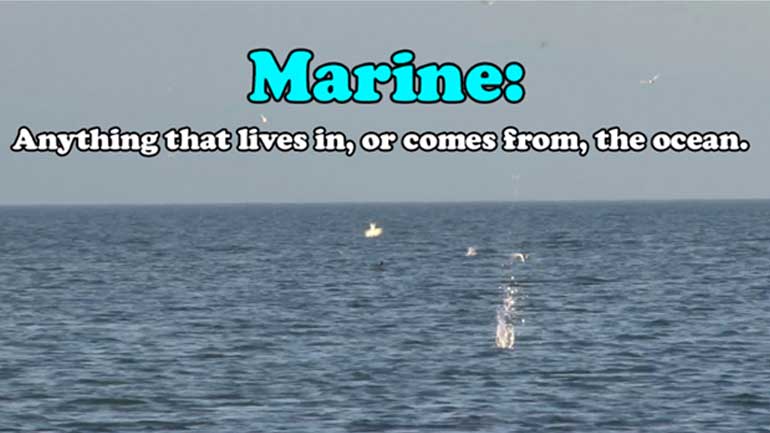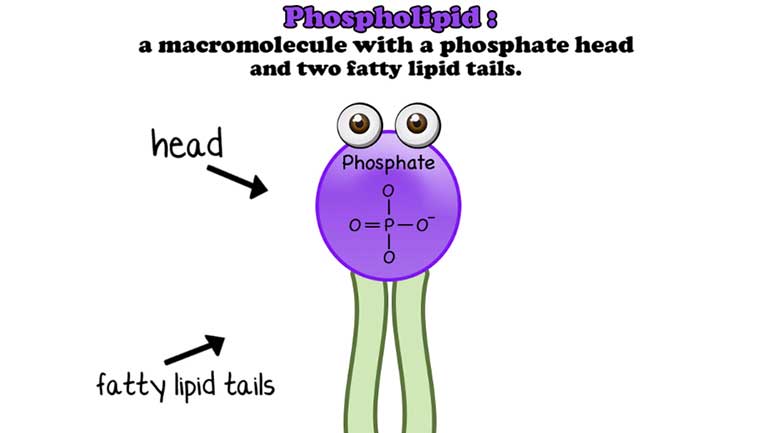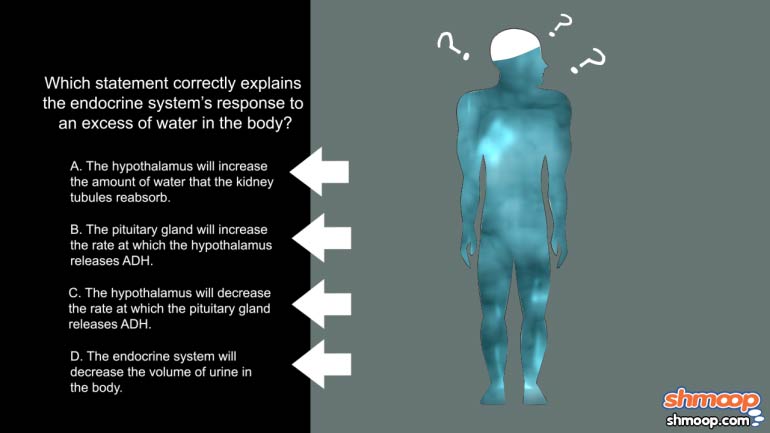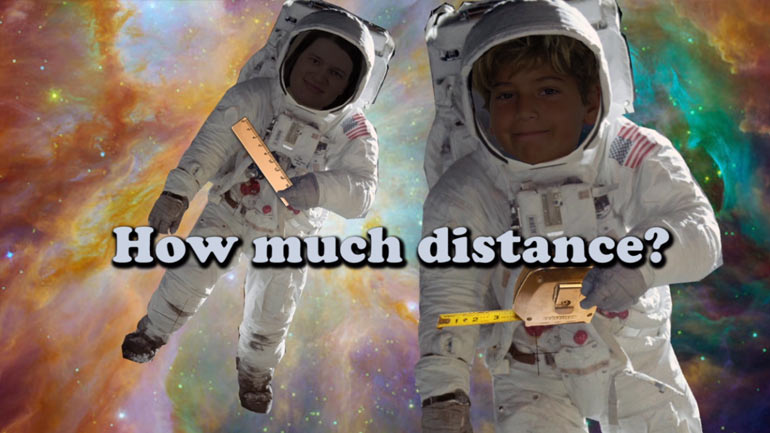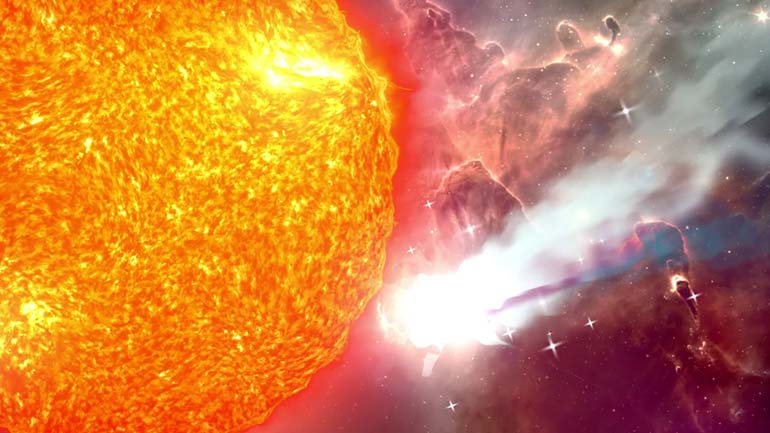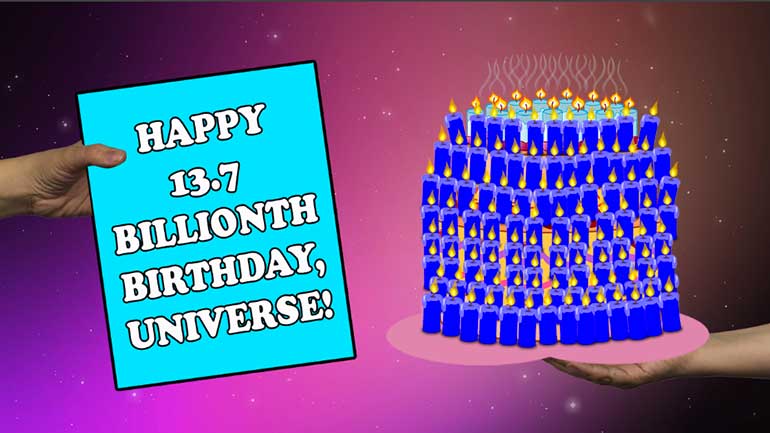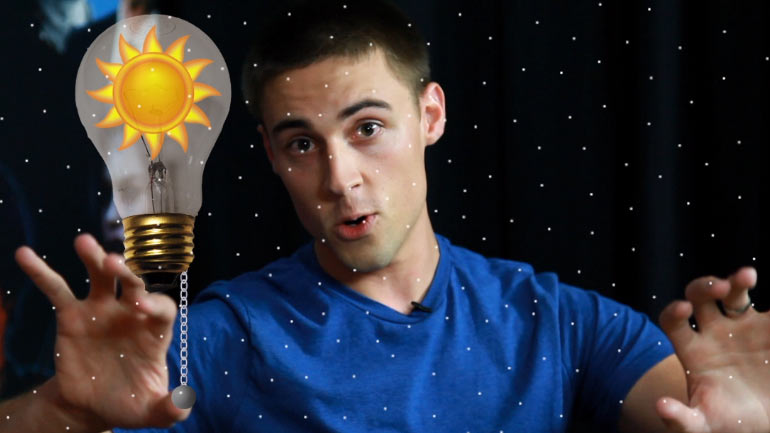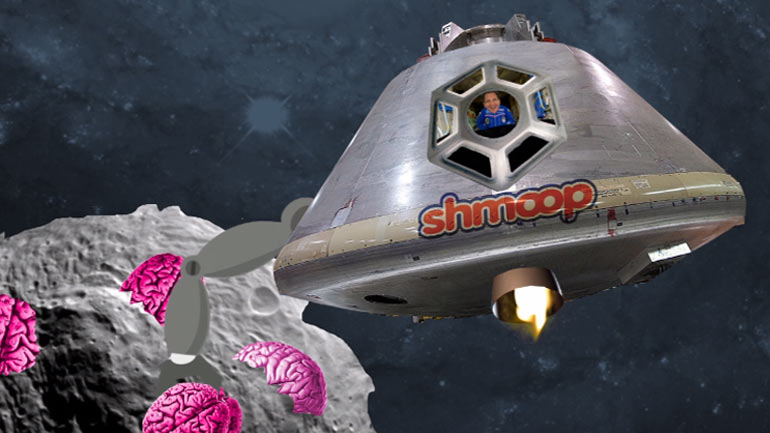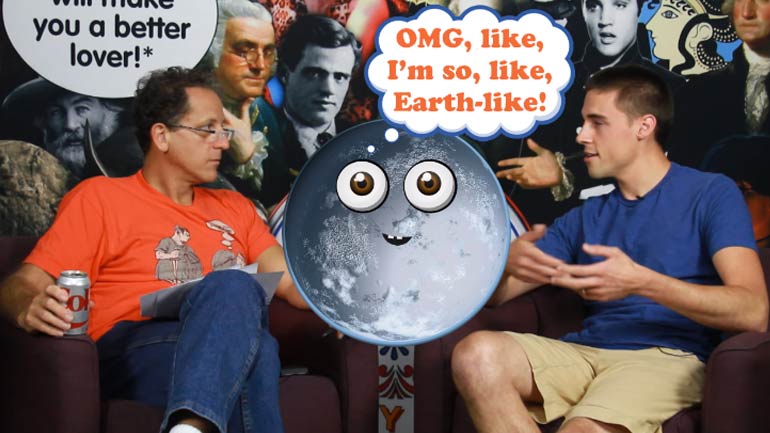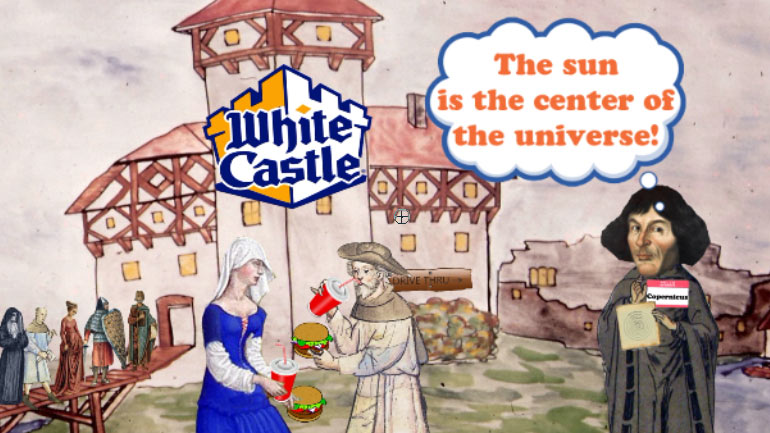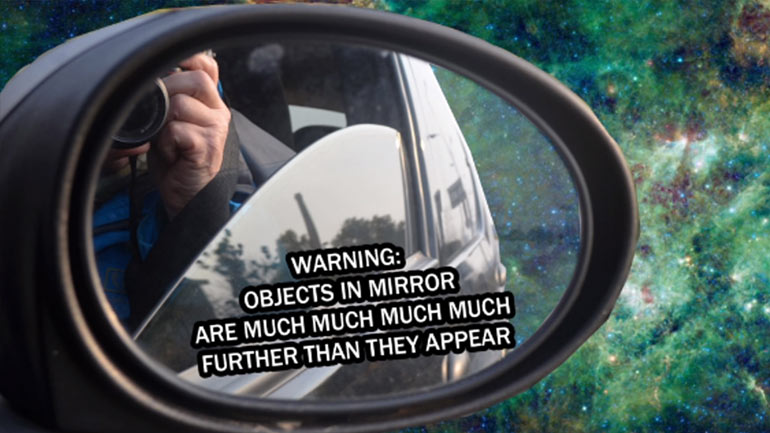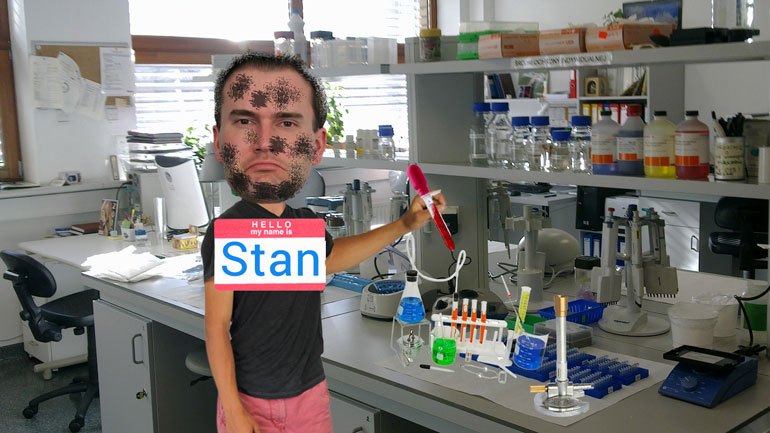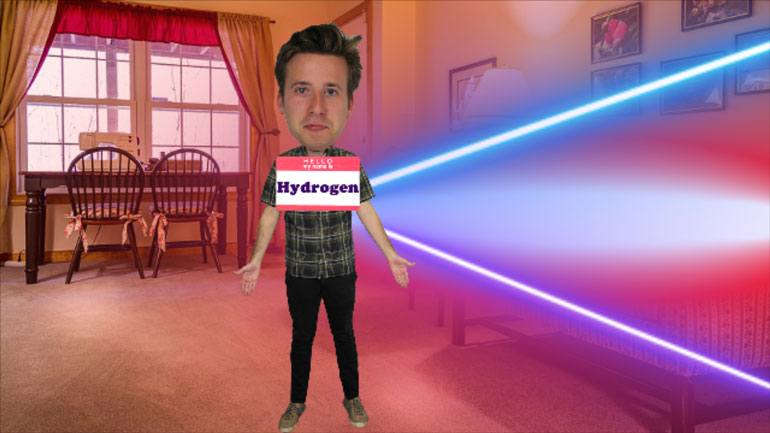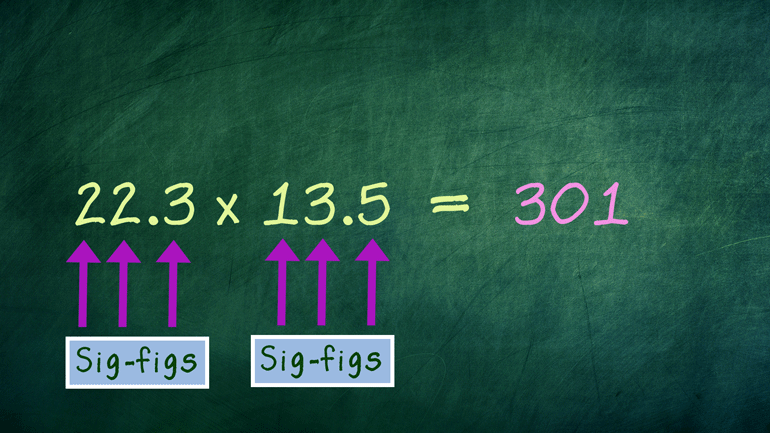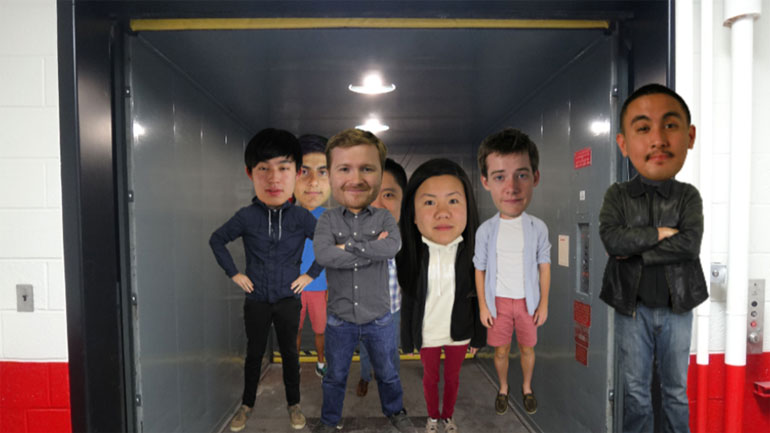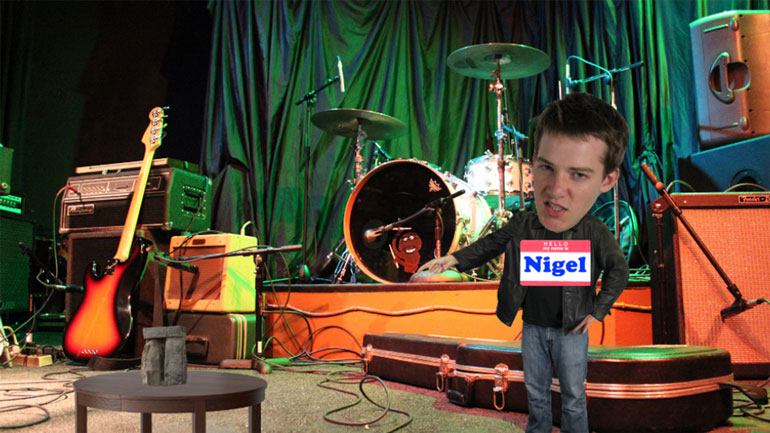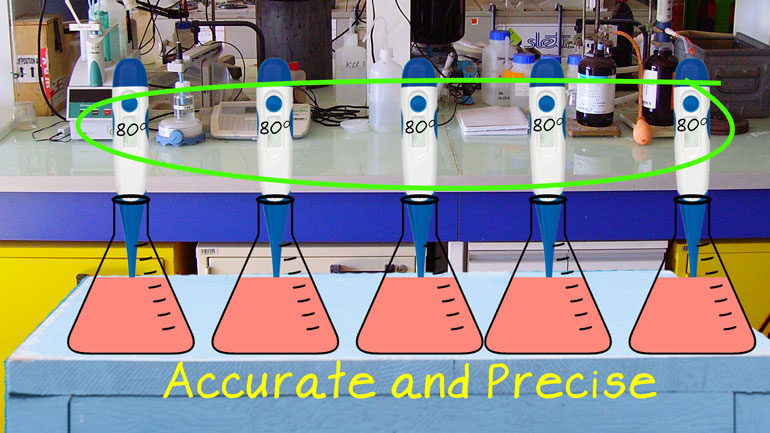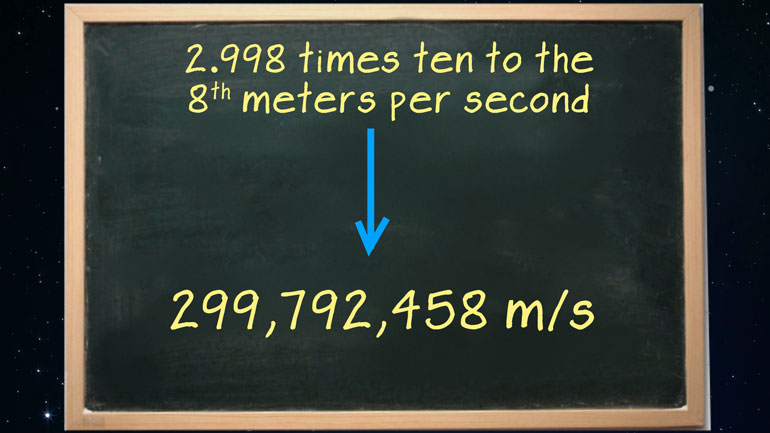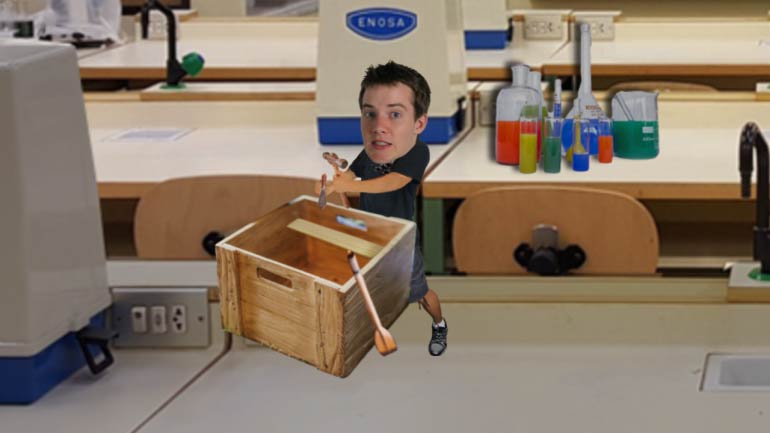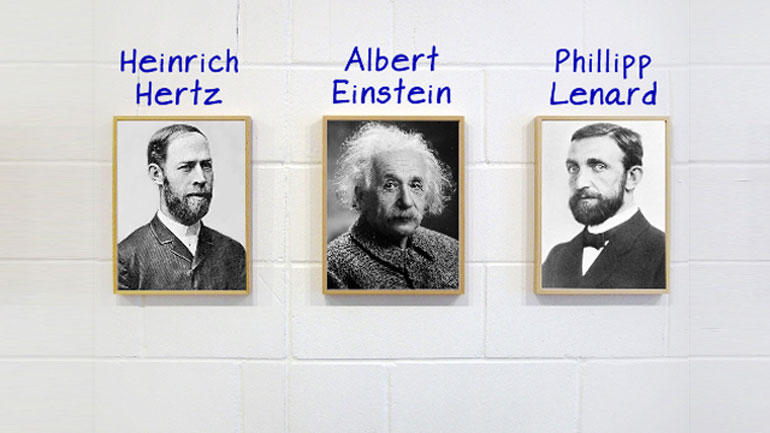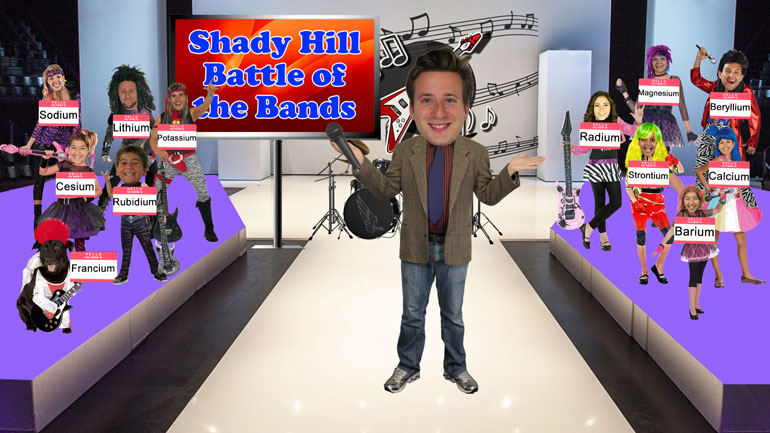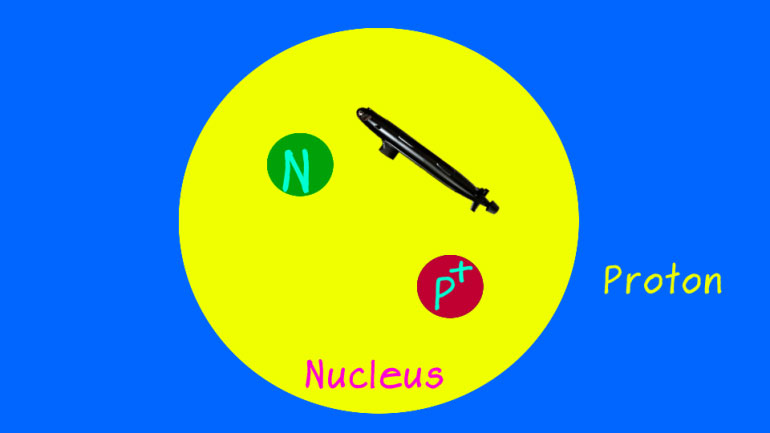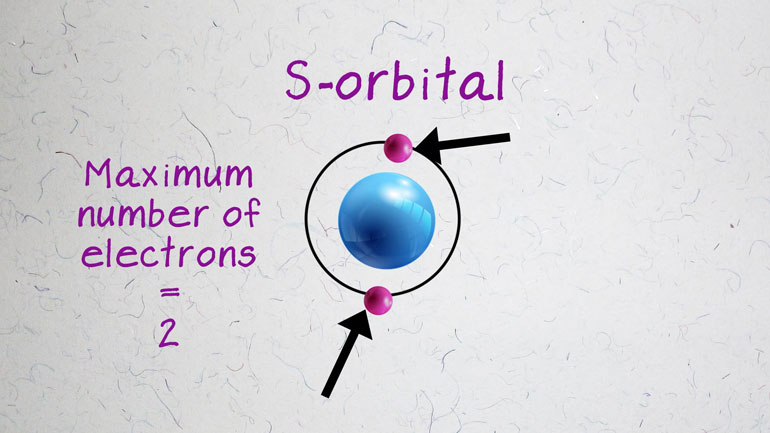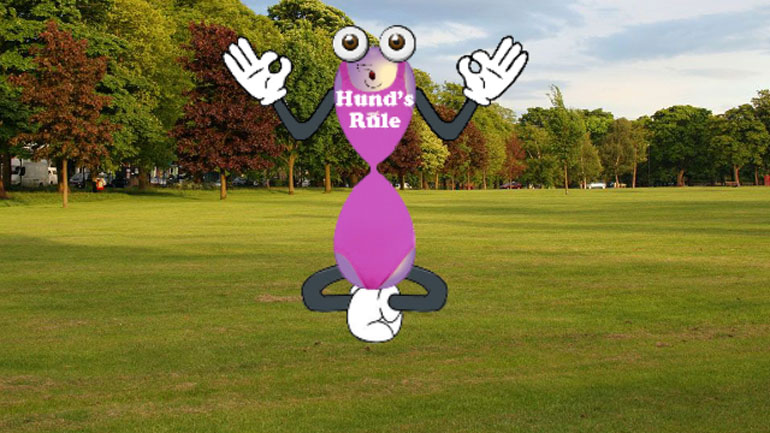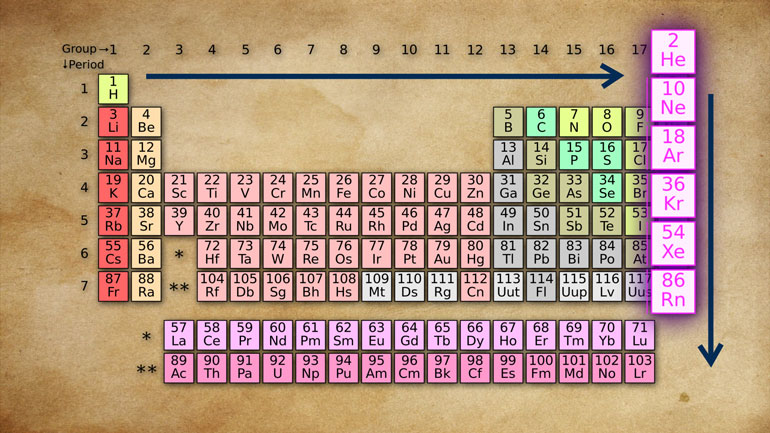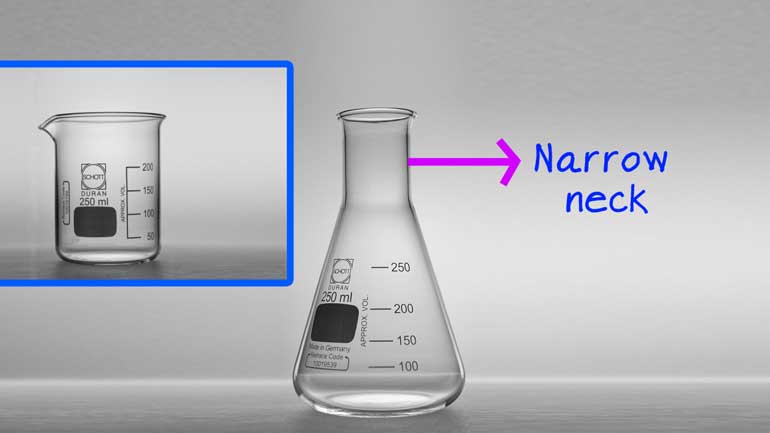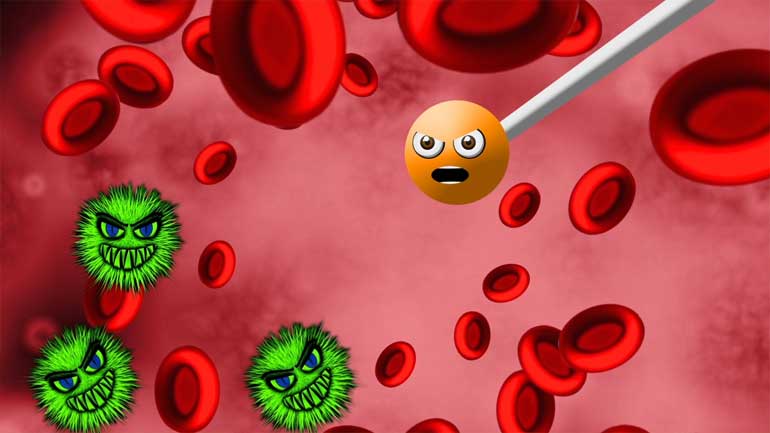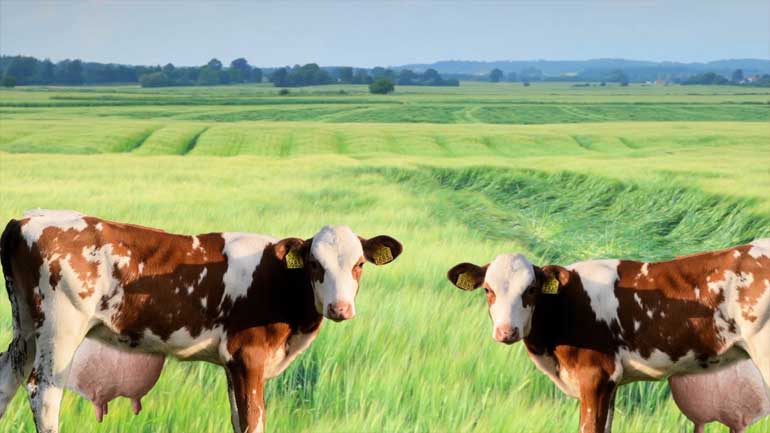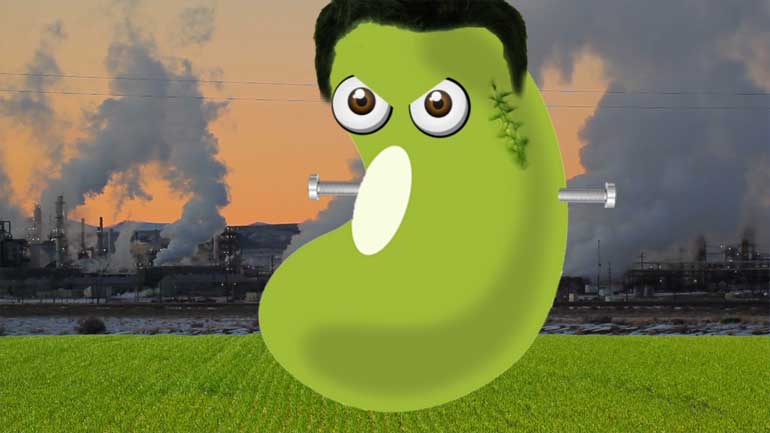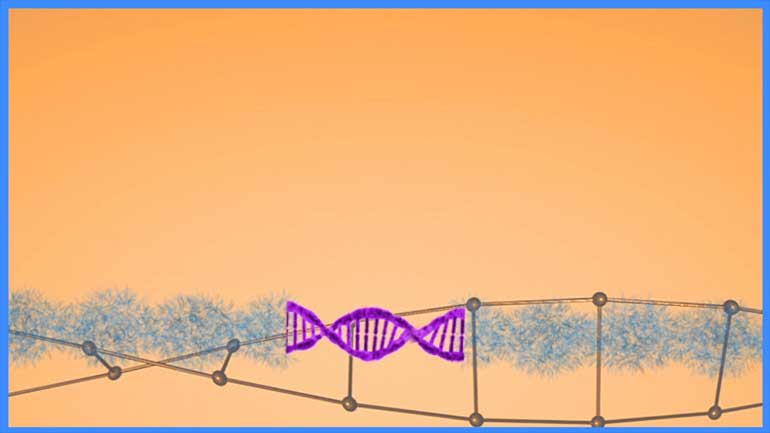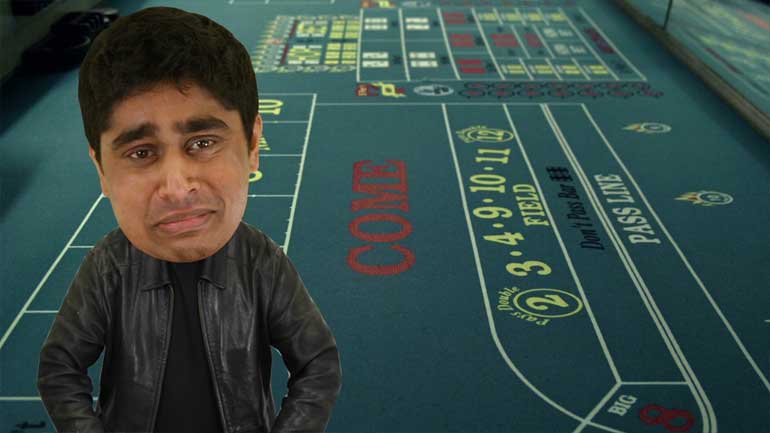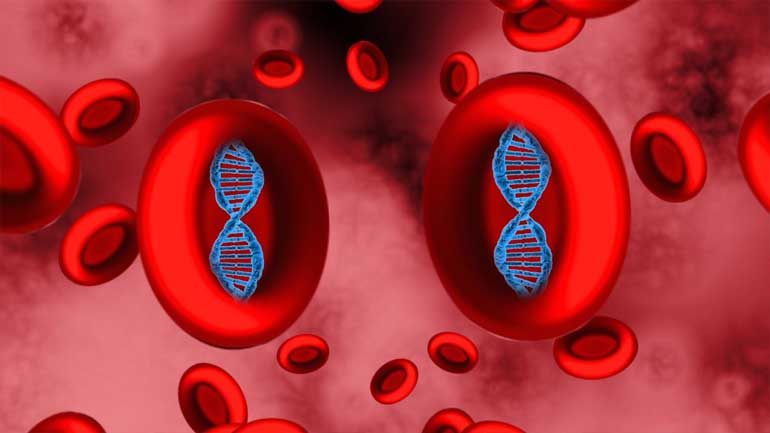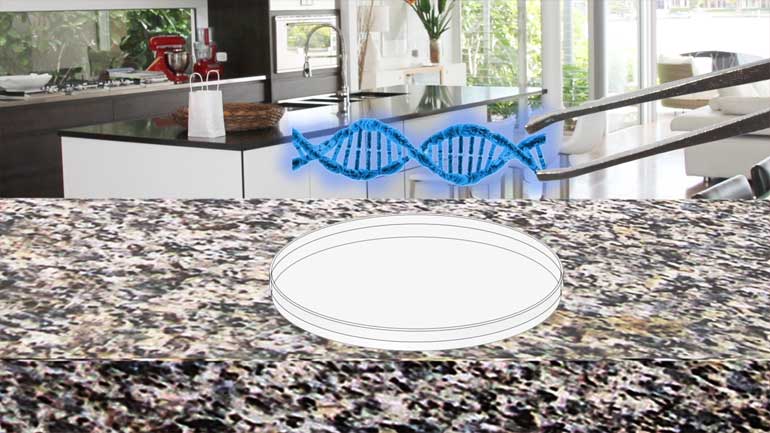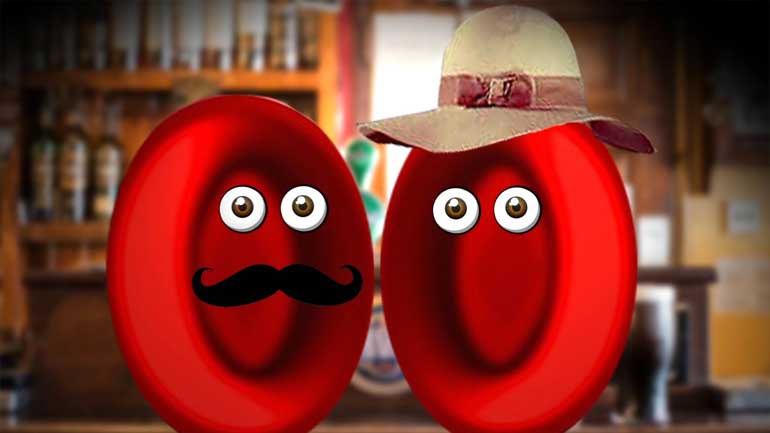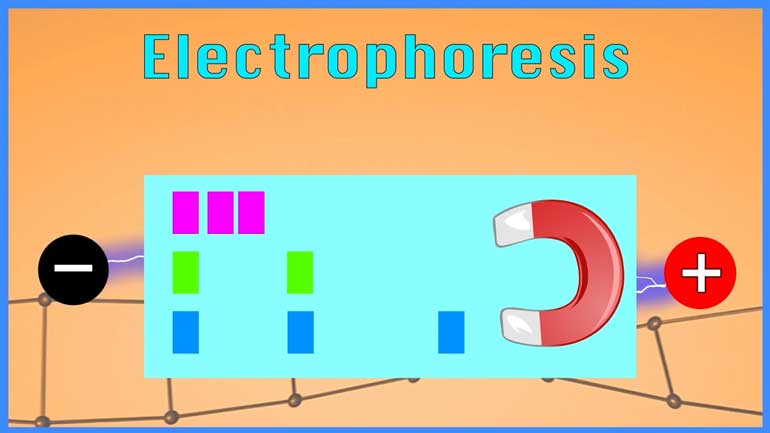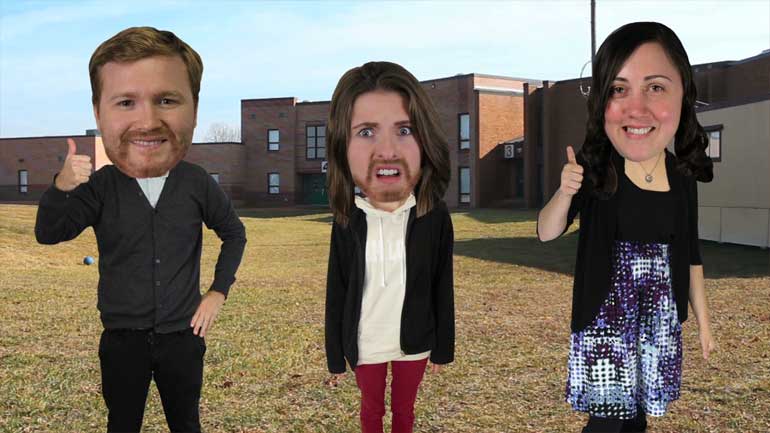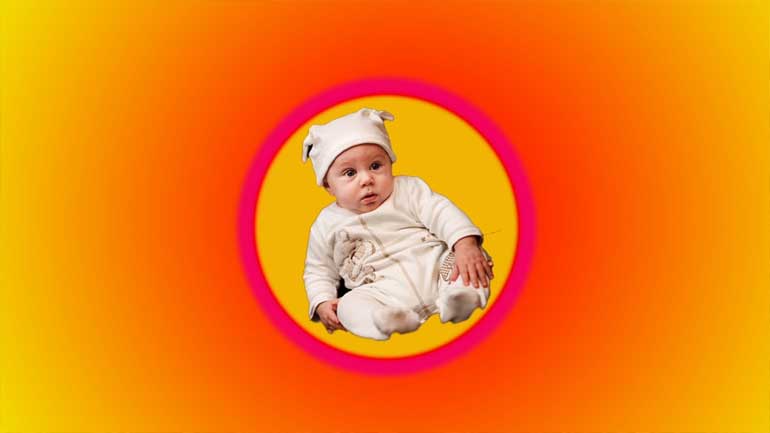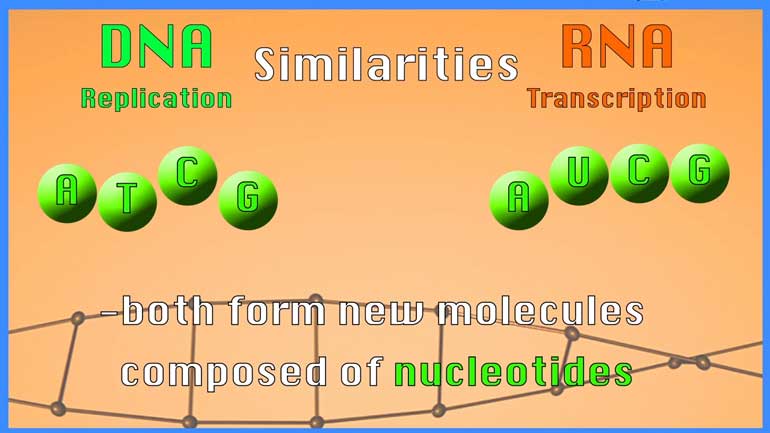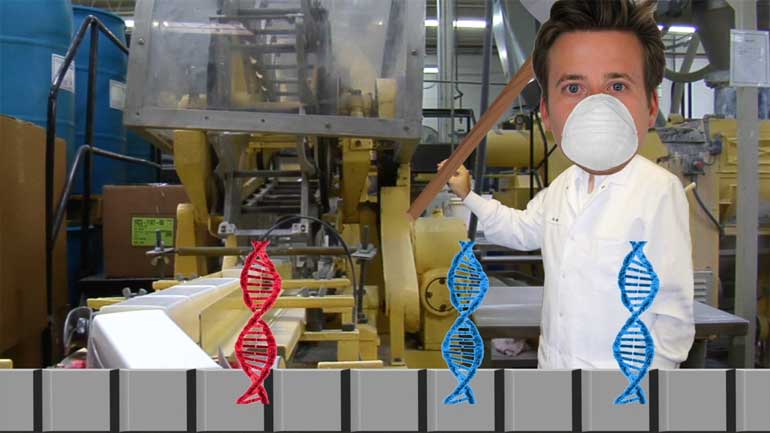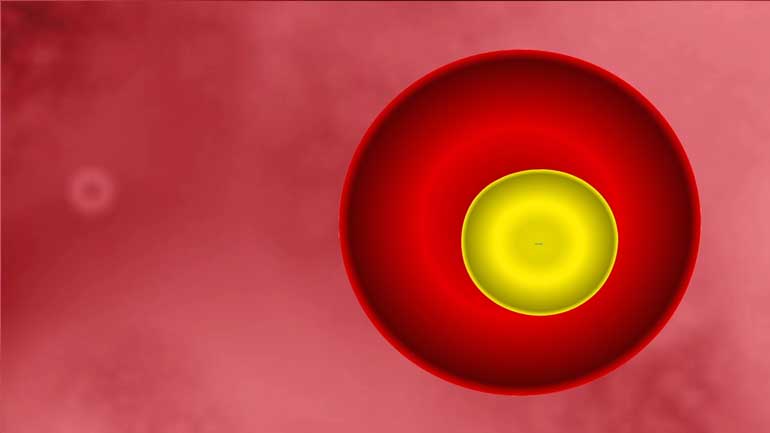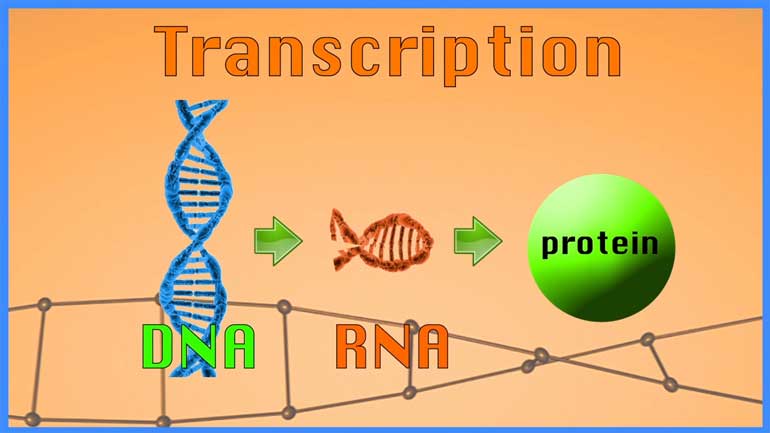ShmoopTube
Where Monty Python meets your 10th grade teacher.
Search Thousands of Shmoop Videos
Science Videos 686 videos
In this video, we dive beneath the sea to review the kinds of interesting animals that live in the deep blue.
Anything that has a cell (bacteria, listen up!) has phospholipids that keep the cell contained and give it form and shape. Phospholipids protect us...
Molecular Genetics: Animal Cloning 355 Views
Share It!
Description:
In this video from our course on molecular genetics, learn all about animal cloning.
Transcript
- 00:00
[ whoosh ]
- 00:01
We speak student!
- 00:03
[ whoosh ]
- 00:07
Molecular Genetics
- 00:08
Cloning Animals
Full Transcript
- 00:10
A la Shmoop
- 00:12
We're talking biology with Dr. Ruth Tennen
- 00:15
and we're gonna talk now about biotechnology.
- 00:19
Okay, so, walk us through how scientists clone animals.
- 00:24
'Cause it just sounds so cool.
- 00:25
Yes, it does sound cool.
- 00:27
So, it's the Dolly idea, basically.
- 00:29
- We've all heard about the sheep. - The sheep.
- 00:30
Yep. And the basic process is called nuclear transplantation.
- 00:35
This is how most scientists would do it.
- 00:37
So you start off with an egg.
- 00:39
And you empty out the DNA from that egg.
- 00:41
So you end up with what's called an enucleated egg,
- 00:43
because there's no nucleus.
- 00:45
And then you take a differentiated cell,
- 00:47
which basically means, you know, it's a skin cell,
- 00:49
or a heart cell. It's become something; it's a mature cell.
- 00:51
You take the DNA from that differentiated cell,
- 00:53
and you insert it into that empty egg.
- 00:56
So, basically, you have turned that egg into,
- 00:58
essentially, a fertilized egg.
- 01:01
You basically take that egg,
- 01:02
you would allow it to develop into an embryo
- 01:04
in a petri dish, and then you'd put it into a surrogate mom -
- 01:06
so like a surrogate sheep mom -
- 01:08
allow it to develop,
- 01:09
and then you'd be born with basically a genetically identical
- 01:11
version of whatever organism you started with.
- 01:14
[ sheep baaing ]
- 01:16
So why can't we do that with humans?
- 01:20
So, there are definitely technical hurdles.
- 01:23
I think the bigger hurdles are, like, moral and ethical things.
- 01:26
It's possible people are working on that stuff,
- 01:27
but there are, like, major international laws
- 01:29
to prevent such things from happening right now.
- 01:32
And I think that there's also always issues with, like,
- 01:34
who's gonna have access to the technology.
- 01:36
And it's really only gonna be part of the population.
- 01:38
And then does that cause inequalities and things like that?
- 01:40
So there's a lot of ethical issues.
- 01:41
All right, so, back into the real world.
- 01:43
You know, obviously, there are good reasons
- 01:46
to clone animals.
- 01:48
And it's almost cloning and breeding.
- 01:50
- It's, I guess, a combined partnership. - Mm-hmm. Yep.
- 01:53
How does that work? Like, give us some examples
- 01:55
for what the state of the art is for cloning animals
- 01:58
and breeding and, kind of, creating them.
- 01:59
Yeah, so, there's a few reasons
- 02:01
that people are cloning animals now.
- 02:02
So, one is -- So, when we make animal models of disease -
- 02:05
so let's say we want a mouse model of some human disease -
- 02:08
it can take a long time to do that by breeding.
- 02:10
Because you have to introduce multiple mutations
- 02:12
and you have to cross all the mice and everything.
- 02:14
If you could -- If you had a mouse and you could just
- 02:16
make a new version of that same mouse
- 02:17
without having to do all that breeding,
- 02:18
that would be a huge time saver. So that's one thing.
- 02:20
Definitely, if you had, you know, some sort of
- 02:23
livestock that had a particular trait that you were interested in,
- 02:25
- it's easier, probably, to clone than to breed that. - Sure.
- 02:27
People are actually -- There's a big market for
- 02:30
bringing back extinct animals
- 02:33
- Yeah, Re-Animator. Yeah. - Or deceased pets, also.
- 02:36
- That was a great film. - Yep, so...
- 02:37
- But go back to the mice thing. - Yep.
- 02:41
What ethical issues arise when using animals for scientific experiments?
- 02:47
I think right now, we don't have a whole lot of other alternatives.
- 02:49
So it's either test this stuff on humans,
- 02:51
and test a drug on humans without testing it on animals.
- 02:53
Or you have to sacrifice some mice.
- 02:55
And there are tons of regulations about how the mice are treated.
- 02:58
You have to submit a protocol to make sure that
- 02:59
you're humanely treating the animals.
- 03:00
But there's like, you know, all the time there are people
- 03:03
picketing outside of research universities saying,
- 03:06
we shouldn't be doing these experiments on mice, so...
- 03:07
- Yeah. - Some are problematic still. Yep.
- 03:09
Hmm. Okay. Yeah, interesting ethical issues.
- 03:13
[ whoop ]
- 03:14
How do scientists clone animals?
- 03:18
Why don't we clone humans?
- 03:20
What are examples of cloning animals?
- 03:24
What ethical issues arise when using animals for scientific experiments?
- 03:33
[ eww ]
Related Videos
In this video, we dive beneath the sea to review the kinds of interesting animals that live in the deep blue.
Anything that has a cell (bacteria, listen up!) has phospholipids that keep the cell contained and give it form and shape. Phospholipids protect us...
GMOs. Now that’s a scary word. Or is it? Guess it’s time to ask ourselves: WWMST? ...For those of us who don’t constantly ask ourselves “wh...
